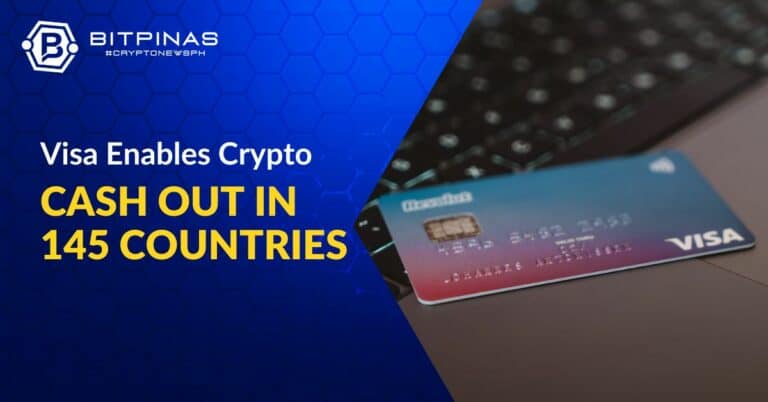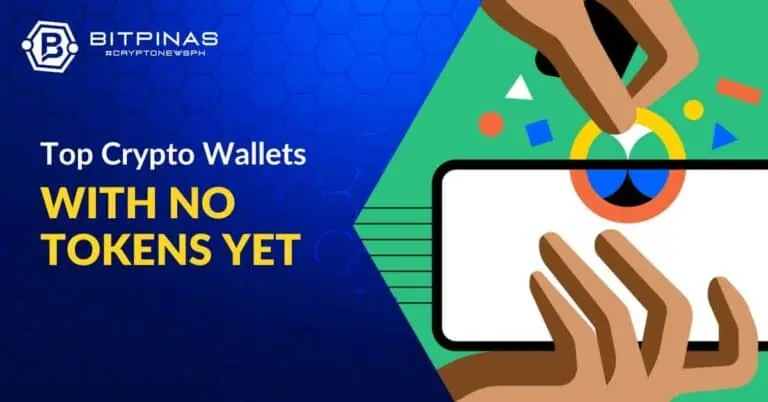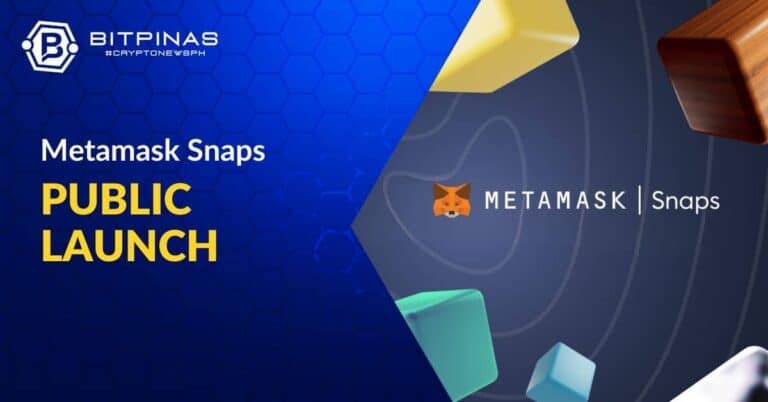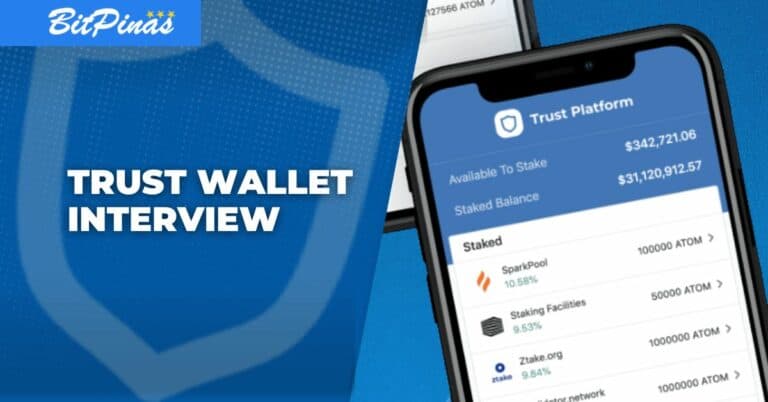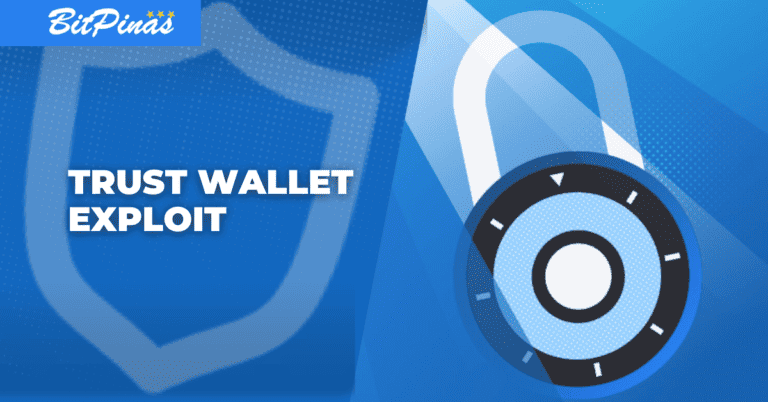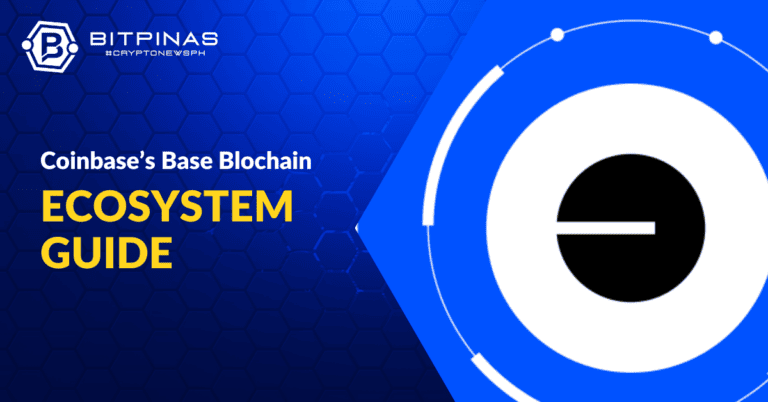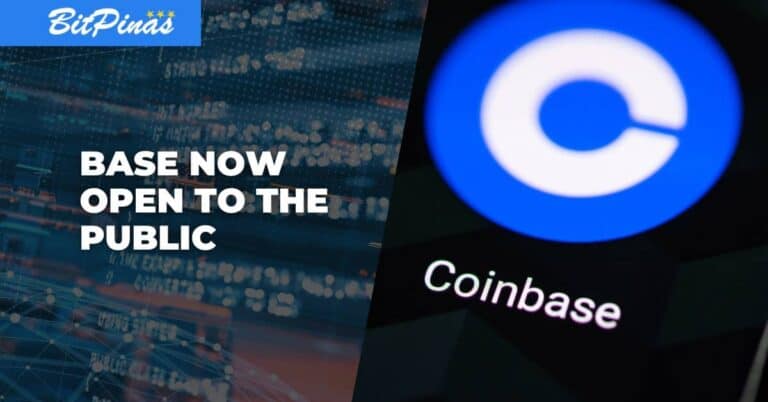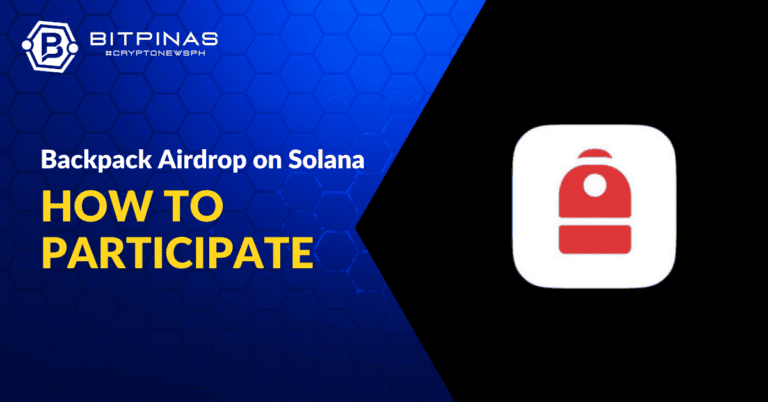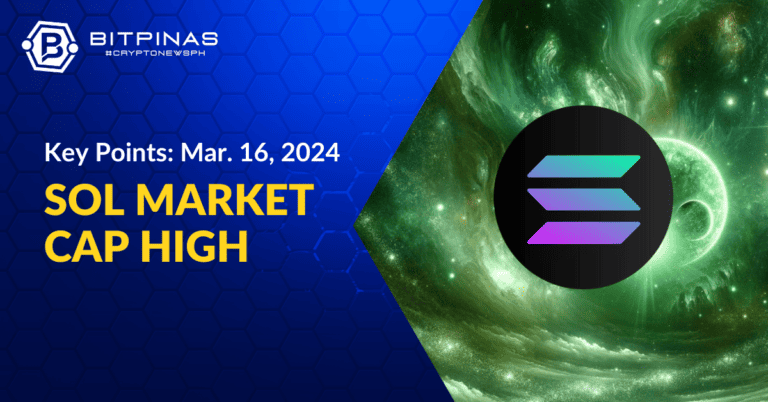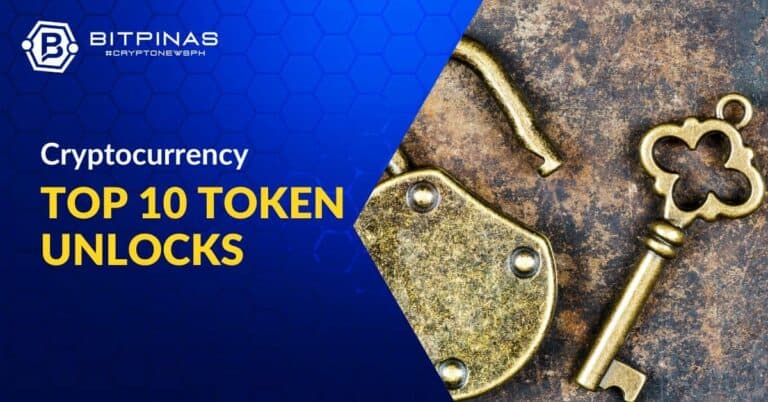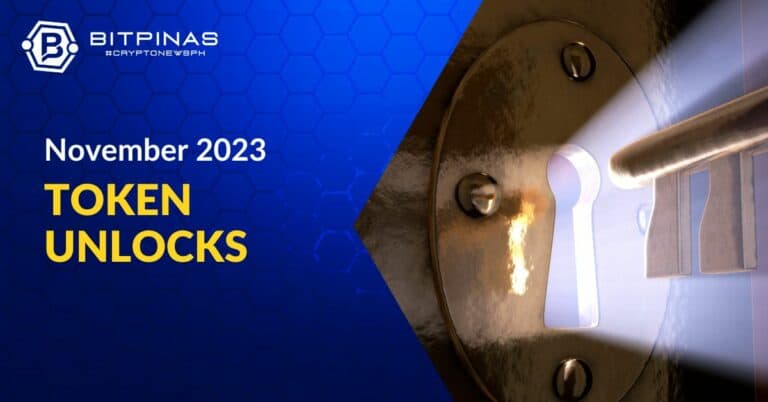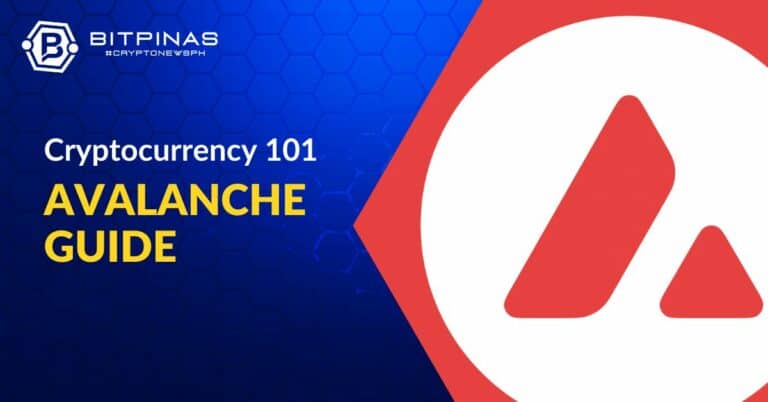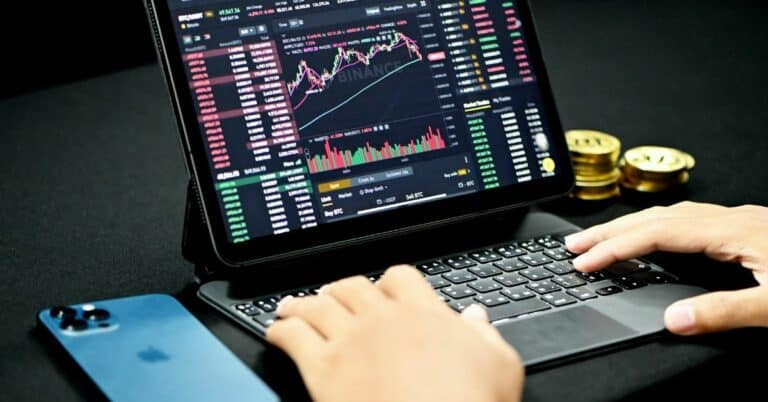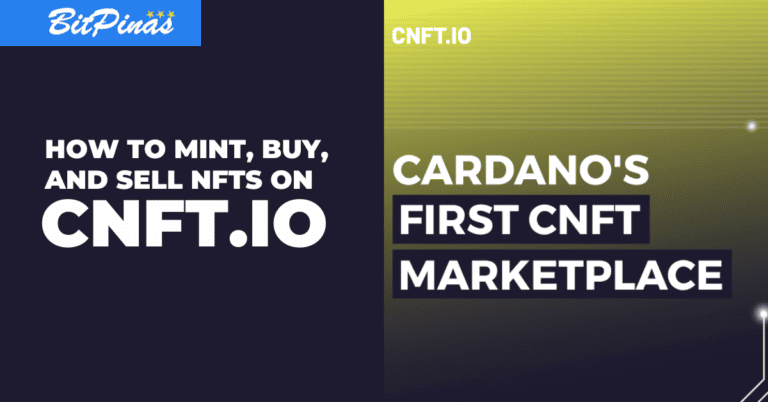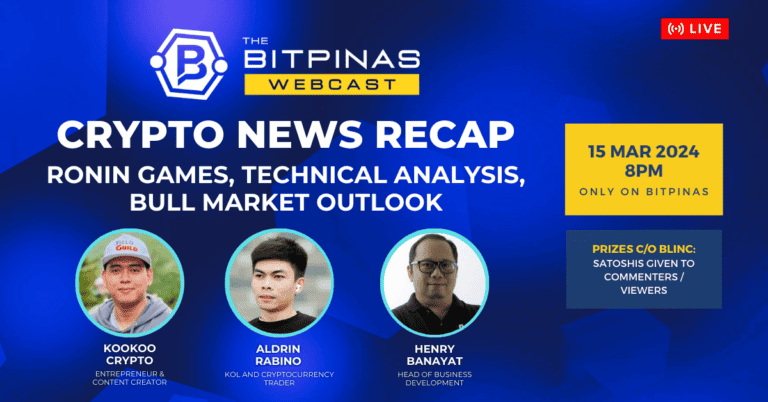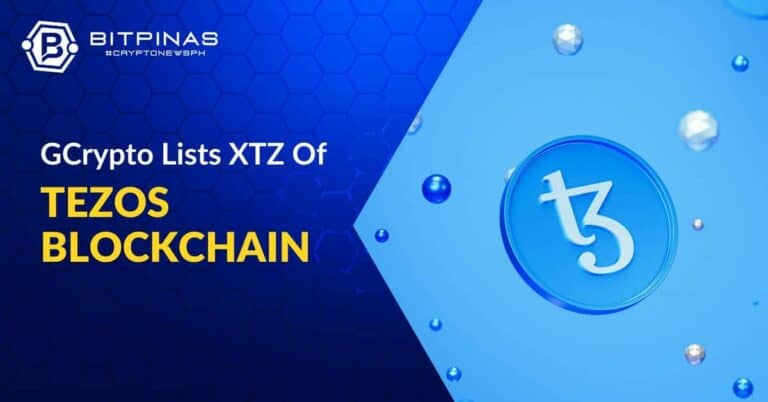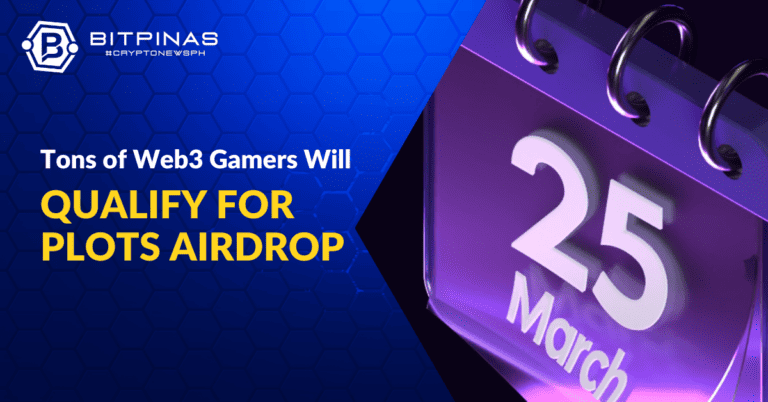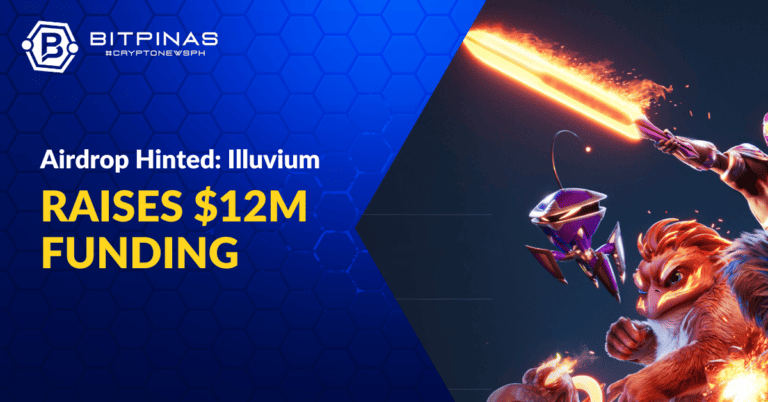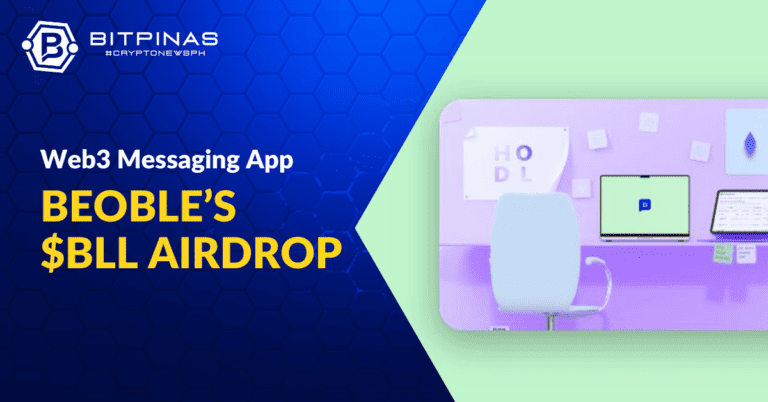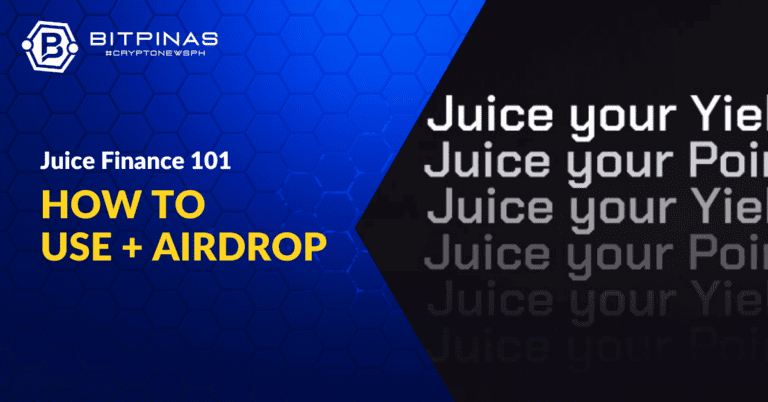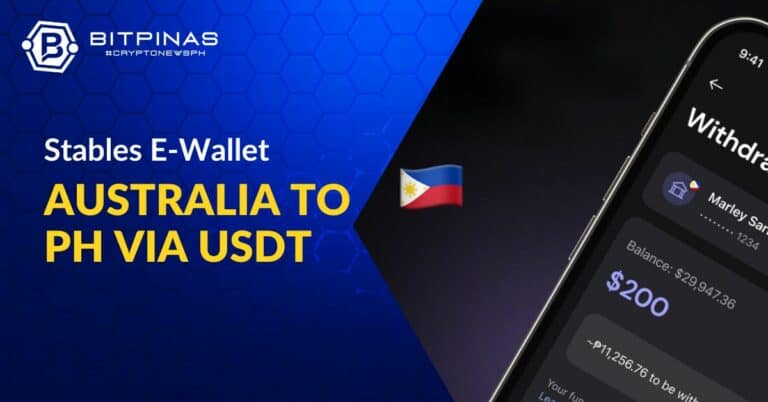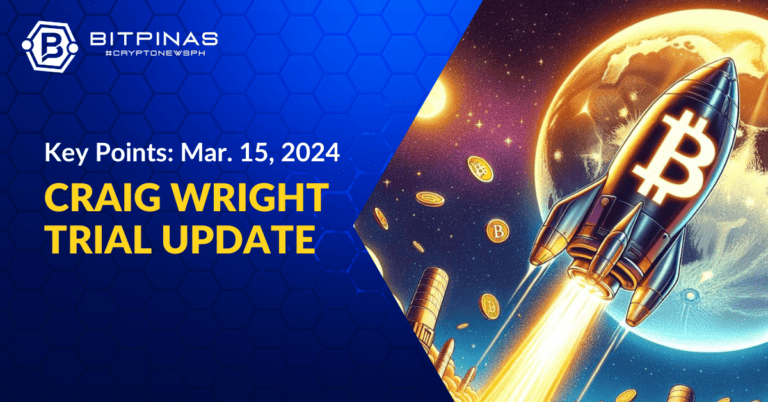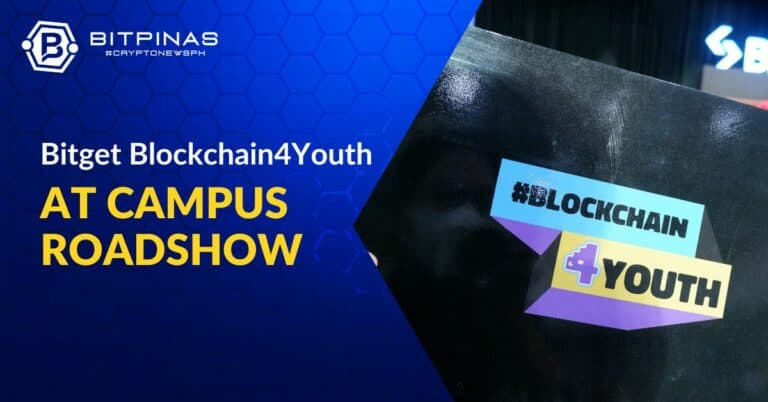10 Non-Custodial Wallets for Different Blockchains
Manage your own funds. Handle your own funds. Have your own crypto wallet today with this guide on BitPinas.

Remember the phrase, “Not your keys, not your wallet”?
In our discussion about decentralized exchanges (DEXs), it is highlighted that DEX users have full control over their funds. Because DEXs do not have a central authority themselves, minimizing the risk of hacking, as no central authority holds the assets.
It is because the assets and the funds are not held by the DEX but in the user’s own wallet—NON-CUSTODIAL WALLETS.
(Check out more crypto guides here.)
Table of Contents
What is a Non-Custodial Wallet?
Non-custodial wallets are a kind of crypto wallet that gives full control to their users through private keys or seed phrases. This means that the user is the full custodian of the tokens, NFTs, and other digital assets on the wallet, thus, it is also called as SELF-CUSTODY WALLETS.
What is good with non-custodian wallets is that while full ownership and responsibility are solely on the user, they can be connected to different decentralized applications on top of the blockchain it supports, like DEXs, blockchain games, and protocols.
With this, BitPinas has listed the available non-custodial wallets that support different blockchains.
10 Non-Custodial Wallet
MetaMask
MetaMask was launched by blockchain software company ConsenSys in 2016 as a “more accessible and user-friendly” Ethereum-based wallet. It is available as a browser extension and a mobile app that lets its users store, receive, and exchange Ethereum-based tokens and NFTs.
“Our mission is to democratize access to the decentralized web, and through this mission, to transform the internet and world economy to one that empowers individuals through interactions based on consent, privacy, and free association,” the team said.
As of this writing, it supports a number of blockchains, aside from Etheeum, such as Binance Smart Chain, Polygon, and Avalanche, and different tokens from these blockchains.
It also recently introduced MetaMask Snap, a new system that provides users with extensive control and customization options for their web3 experience.
Some of MetaMask’s features include portfolio management, an in-app DEX for buying and selling crypto, a swap feature, and the Snap.
Trust Wallet
https://support.trustwallet.com/en/support/home
Trust Wallet was launched in 2017 by a certain Viktor Radchenko and was acquired by crypto exchange Binance in 2018, to become the non-custodial product of Binance Chain. It is available as a mobile app and a browser extension.
As of this writing, it claims to have 70 million users and supports more than 70 blockchains, including Bitcoin, Ethereum, and Solana.
It also supports NFTs and staking options for $BNB, $DOT, and $ATOM. Trust Wallet also has an in-app DEX for buy, sell, and swap, and an “earn” feature.
Coinbase Wallet
https://www.coinbase.com/wallet
Coinbase Wallet is the non-custodial wallet of crypto exchange Coinbase that was launched in 2018 as a browser extension and an app. It supports Ethereum, Solana, and all EVM-compatible networks.
However, despite supporting only EVM-compatible networks, it also has an in-app DEX, which enables the wallet to offer tokens from other networks.
“Coinbase Wallet is your passport to the decentralized web. Harness the power of DeFi to earn yield, grow your NFT collection, and much more,” the wallet explained.
Guarda Wallet
Launched in 2017, Guarda Wallet was launched by an Estonian blockchain startup. It is available also as a web extension and an app.
Guarda Wallet supports major blockchains like Bitcoin, Ethereum, Binance Smart Chain, and TRON. It also supports ERC-20 tokens and NFTs.
It offers staking options, an “earn” feature, and allows users to borrow crypto for trading on its in-app DEX.
Aside from its online functionality, it also has a product called Guarda Visa Card, where users can pay crypto on VISA-accepted merchants.
Phantom Wallet
Phantom Wallet was launched in 2021 by Brandon Millman, Francesco Agosti, and Chris Kalani, who previously built a DEX called Matcha.xyz. It is available as a web extension and has a mobile app.
The wallet aims to provide a “user-friendly and secure way” to store, send, receive, swap, and interact with crypto assets and dApps on multiple blockchains, as aside from Solana, it also supports the Ethereum and Polygon blockchains.
However, it should be noted that, though it supports other blockchains, it mainly focuses on the Solana ecosystem, which means that the wallet’s utility token is $SOL, and the only token allowed to be staked on the platform is $SOL.
Avalanche Wallet
Avalanche Wallet is the wallet intended for storing Avalanche assets and is available as a browser extension, and an app. Avalanche Wallet supports three blockchains on the Avalanche ecosystem—X-Chain, C-Chain, and P-Chain.
It supports creating and trading Avalanche-based NFTs and provides an in-app DApp explorer for Avalanche-based apps. However, there is no confirmation yet about the staking options on the wallet, only buy, sell, and swap options.
Daedalus Wallet
Daedalus is a wallet designed for holding $ADA. It was created by the team behind the $ADA token on top of the Cardano protocol.
It is also a Daedalus is a hierarchical-deterministic wallet, which means that it supports the creation of a number of accounts in just a single wallet.
Daedalus Wallet allows staking $ADA and has a paper wallet generator for offline use.
Pontem Wallet
Pontem Wallet is an Aptos-centric wallet, a layer one blockchain. It is available as an app and on a browser.
Aside from buying, sending, and swapping tokens and NFTs, the wallet also offers an in-app staking, liquid staking, and lending and borrowing.
As an Aptis-centric wallet, it supports all the tokens built in the Aptos blockchain while hinting for a future integration of EVM chains.
“Pontem Network’s original objective was to provide a link between the highly regulated Diem ecosystem and the rest of the blockchain world. The idea was to use Polkadot’s infrastructure for the purpose,” the website read.
Ronin Wallet
https://wallet.roninchain.com/
Ronin Wallet is the non-custodial wallet of the Ronin blockchain, an Ethereum sidechain primarily made for the popular play-to-earn game Axie Infinity.
The wallet supports wETH, AXS, SLP, and USDC, which are mostly used for the blockchain game and for buying in-game assets on the Axie marketplace.
Kukai Wallet
In 2020, a team of developers and some community members introduced Kukai Wallet, with the goal of creating a secure and user-friendly wallet for Tezons users.
Kukai Wallet allows its users to store, transfer, and delegate $XTZ, the native token of the Tezos blockchain.
On its website, Kukai emphasized that wallet users can send and receive $XTZ without an internet connection by just using the seed phrase. Multiple accounts with different tez addresses can also be created on the wallet.
What is good about this wallet is that it allows users to create an account by just using a Twitter, Google, Facebook, or Reddit account.
Tips on Securing Funds in Non-Custodial Wallets
Since non-custodial wallets give full custody and responsibility of the funds to the users themselves, this means that the security and safety of their funds are in their own hands.
One of the most important parts of a non-custodial wallet is a seed phrase. For most crypto natives, their seed phrases are written in a notebook.
If you consider doing it, write down your seed phrase on paper, in a notebook, or on a notepad. When you do this, make sure to have two copies and store them in separate locations. Example: One inside your closet and one in your wallet
Please take note that seed phrases on your computer or even on phones will bring you additional risk. If you just took a screenshot on your computer, then anyone who has access to it can steal your crypto. Most commonly, those who are victims of phishing incidents are the ones who experience it.
Most dApps also require connecting your wallet to access the platform’s services. However, there are bad actors that create a fake website that looks just like a legitimate one but has a slightly different spelling in its URL.
Thus, checking first if the dApp’s website URL is legit is a must to avoid phising incidents.
This article is published on BitPinas: 10 Non-Custodial Wallets for Different Blockchains
Disclaimer:
- Before investing in any cryptocurrency, it is essential that you carry out your own due diligence and seek appropriate professional advice about your specific position before making any financial decisions.
- BitPinas provides content for informational purposes only and does not constitute investment advice. Your actions are solely your own responsibility. This website is not responsible for any losses you may incur, nor will it claim attribution for your gains.
